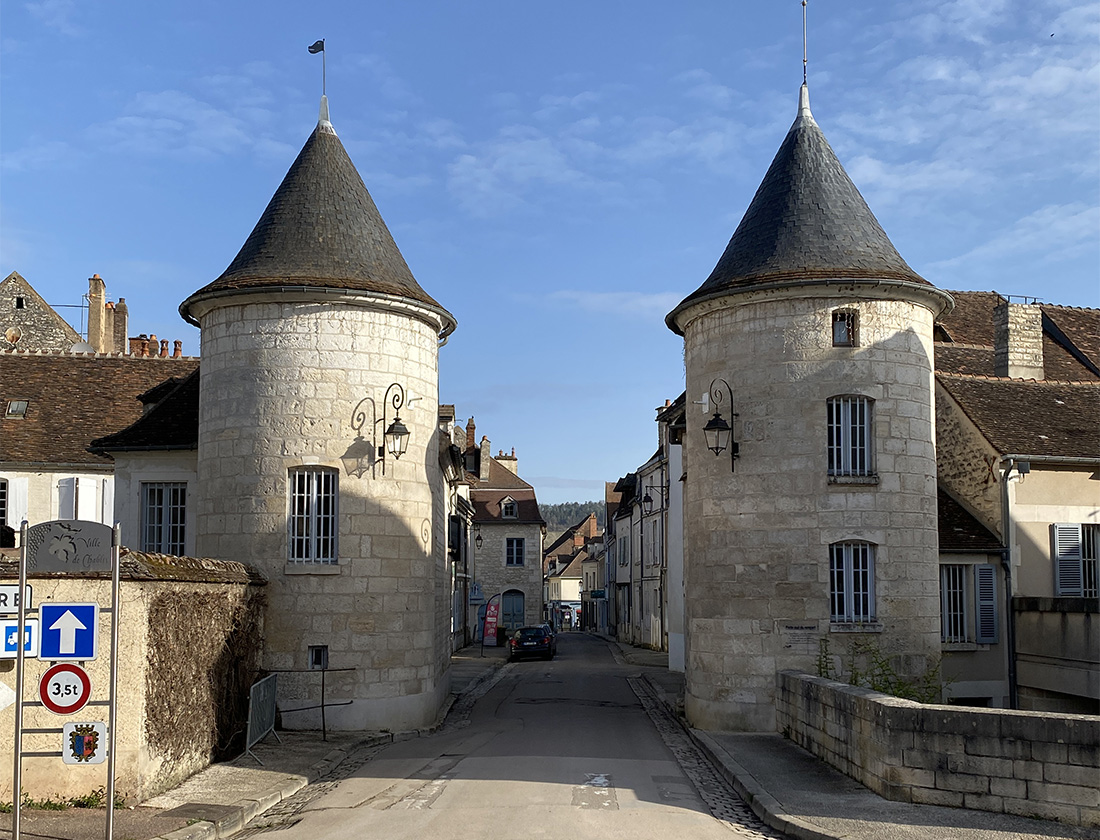
Weather conditions in Chablis were even drier than elsewhere in Burgundy: Just 10mm of rain across the summer months. Growers were complaining vociferously about the drought conditions, and though the grapes were completely healthy, and there were plenty of them, nobody expected much juice. However at the harvest the crop proved to be much larger than expected, with the result that even the most quality conscious domaines ended up asking for the VCI – the extra 10hl/ha over the permitted yield which can be stored for use in a future year where there is a shortfall.
In principle this makes sense but in practice the idea works better for larger volume cuvees as the wine is supposed to be stored in bulk and you cannot really do that with a hectolitre or two here and there. Also some of the good old boys who sell their wine as must are not equipped to stock. In 2018 it was agreed that negociants could take the wine on behalf of the growers, with the deal to be completed down the road if there is a shortfall in 2019 (or 2020 or 2021). Note that VCI does not apply to Chablis grands crus. Nor does it apply in the Côte d’Or except at generic level.
As is usually the case in recent years, picking dates were very important, and it was necessary to go quickly once started. The first vineyards typically yielded a healthy 12.5% alcohol but the last to be picked reached a less Chablisian 13.5% or sometimes more, and these higher sugar levels proved to be difficult to ferment.
Several producers talked of 2018 as the vintage of the century, but that is really a nod to the combination of quality and quantity together. Whenever I asked at the end of the tasting if they preferred 2018 or 2017, everybody chose 2017 despite the small post-frost volume. In comparison to the latter vintage – 2018 has delivered the same proportion of 4 star wines as 2017 but rather fewer which climb into my rare 5 star category.
2018 Chablis will give a great deal of pleasure and will be accessible early, but still should have the balance and intensity to keep well. Two issues to consider are the size of the crop and the warmth (drought) of the summer. The latter you might think would have precluded the former but evidently the vine roots were able to suck up the winter’s rainfall.
I am sure that the more industrial style producers given to maximising yields will have produced huge crops which taste dilute. This may well be an issue for mass market blends, but has not come into play for the quality producers where the wines are delicious, with good vineyard typicity. Lovely wines for the medium-term, to drink before the 2017s.

